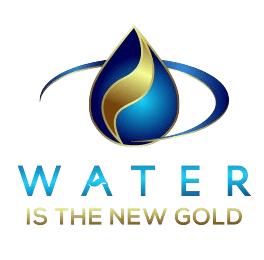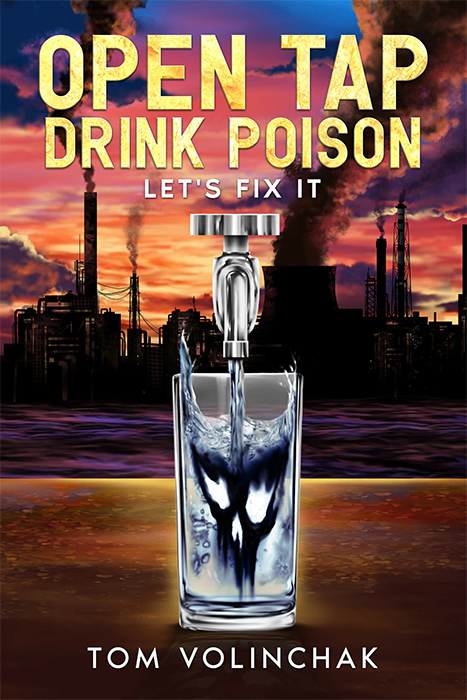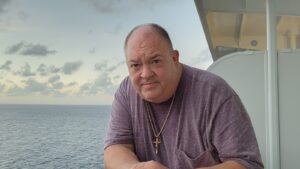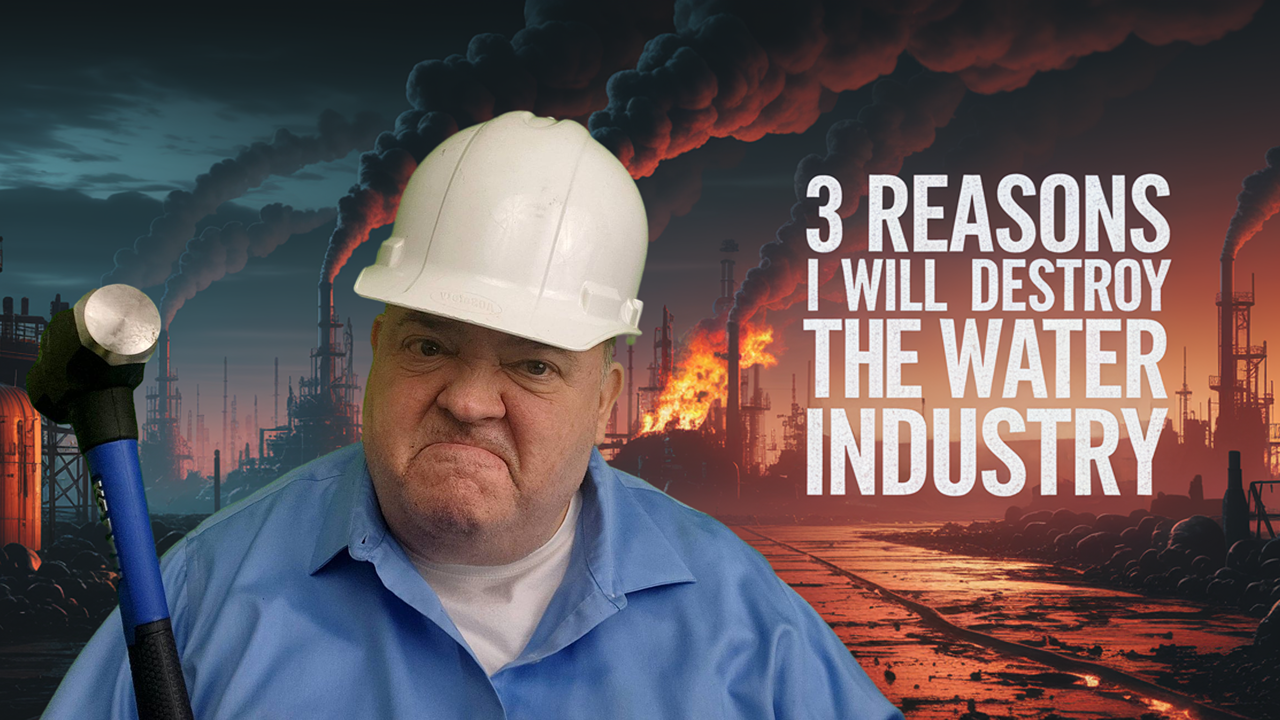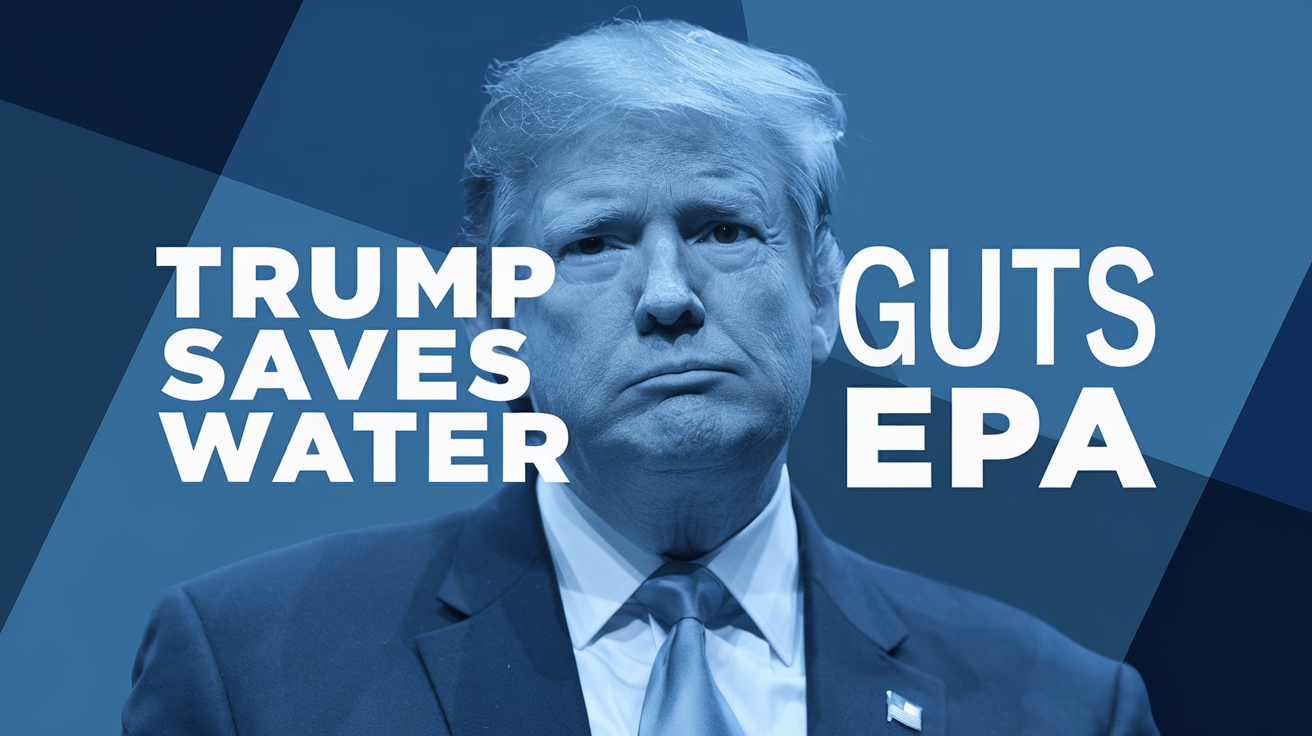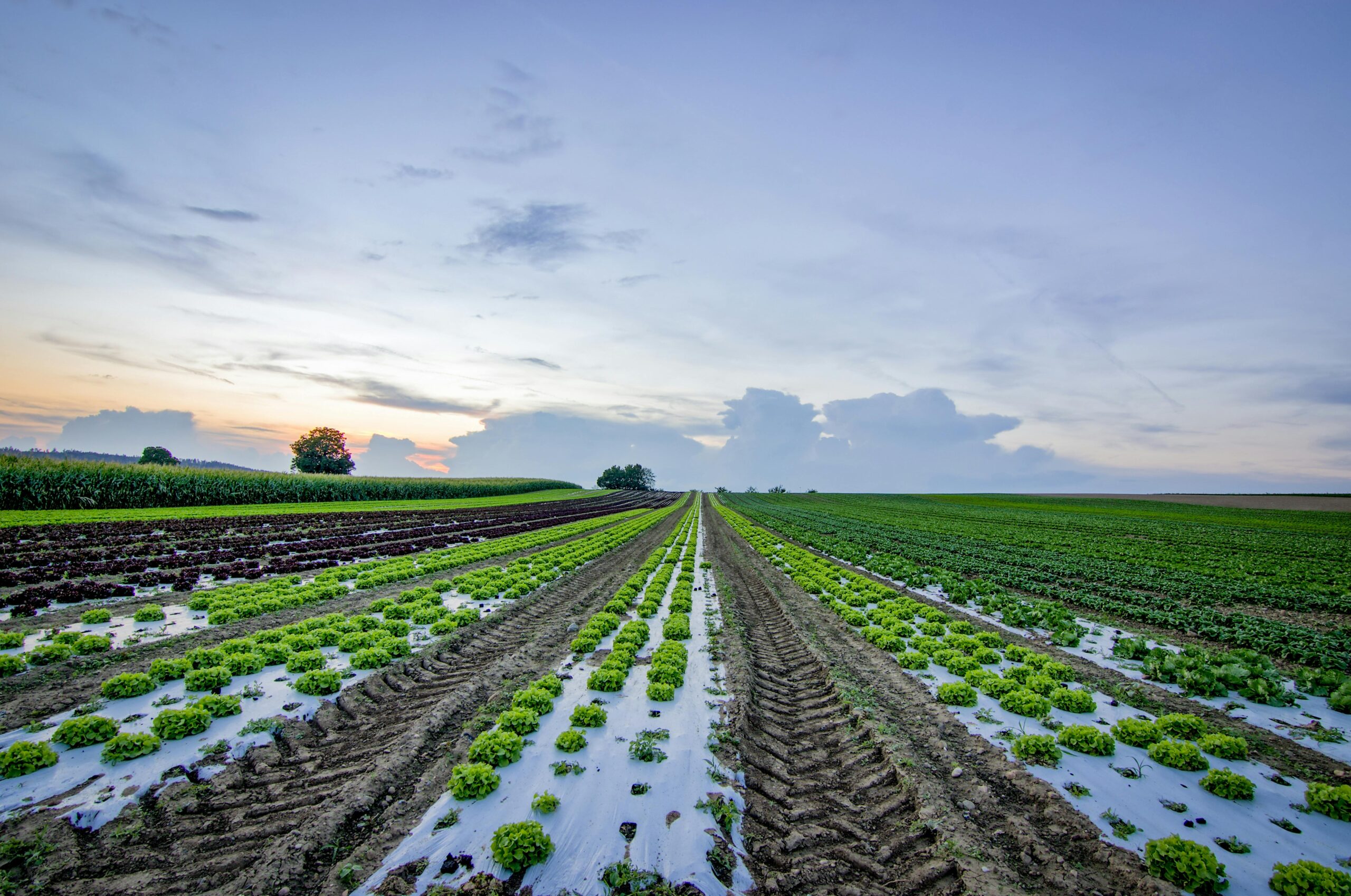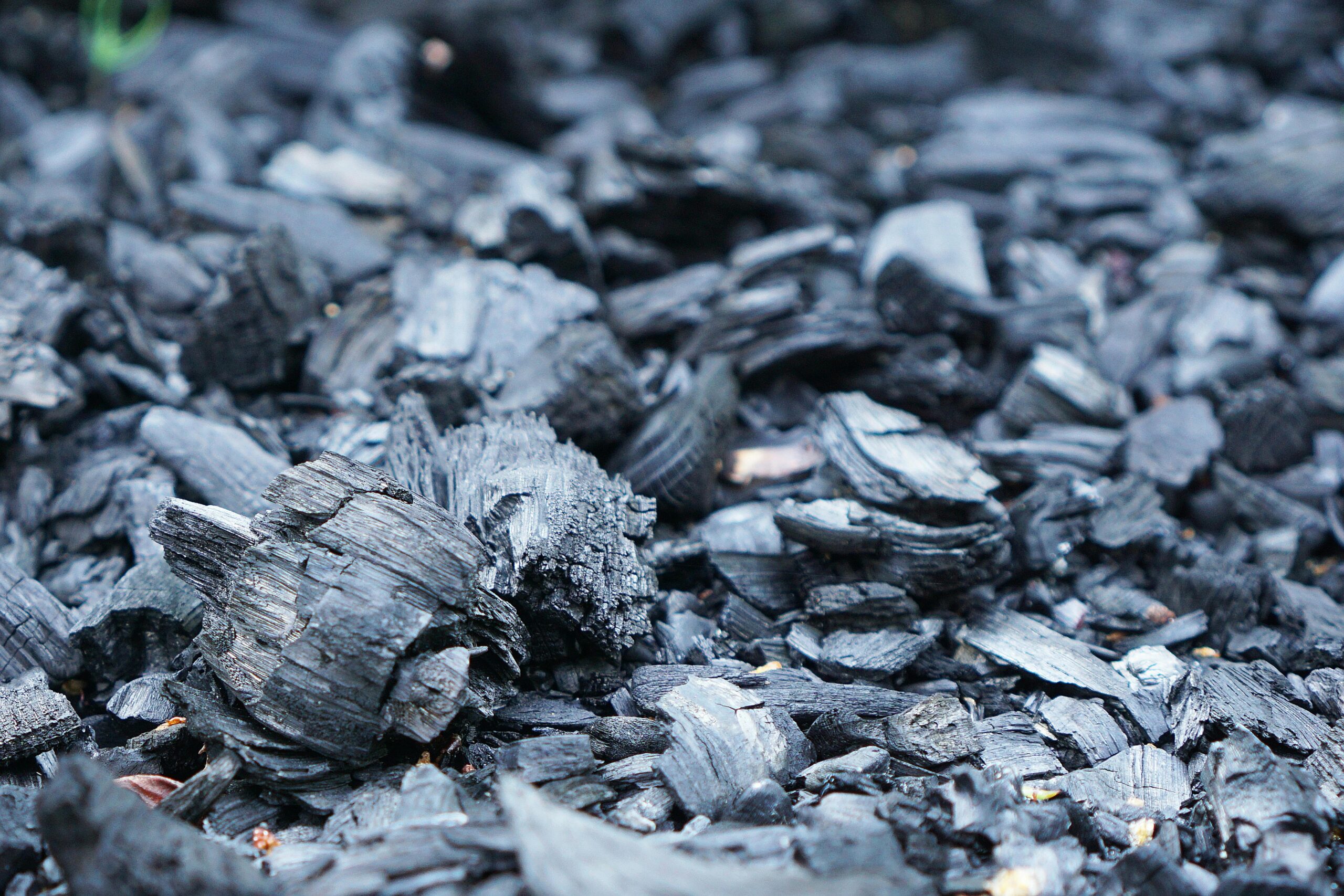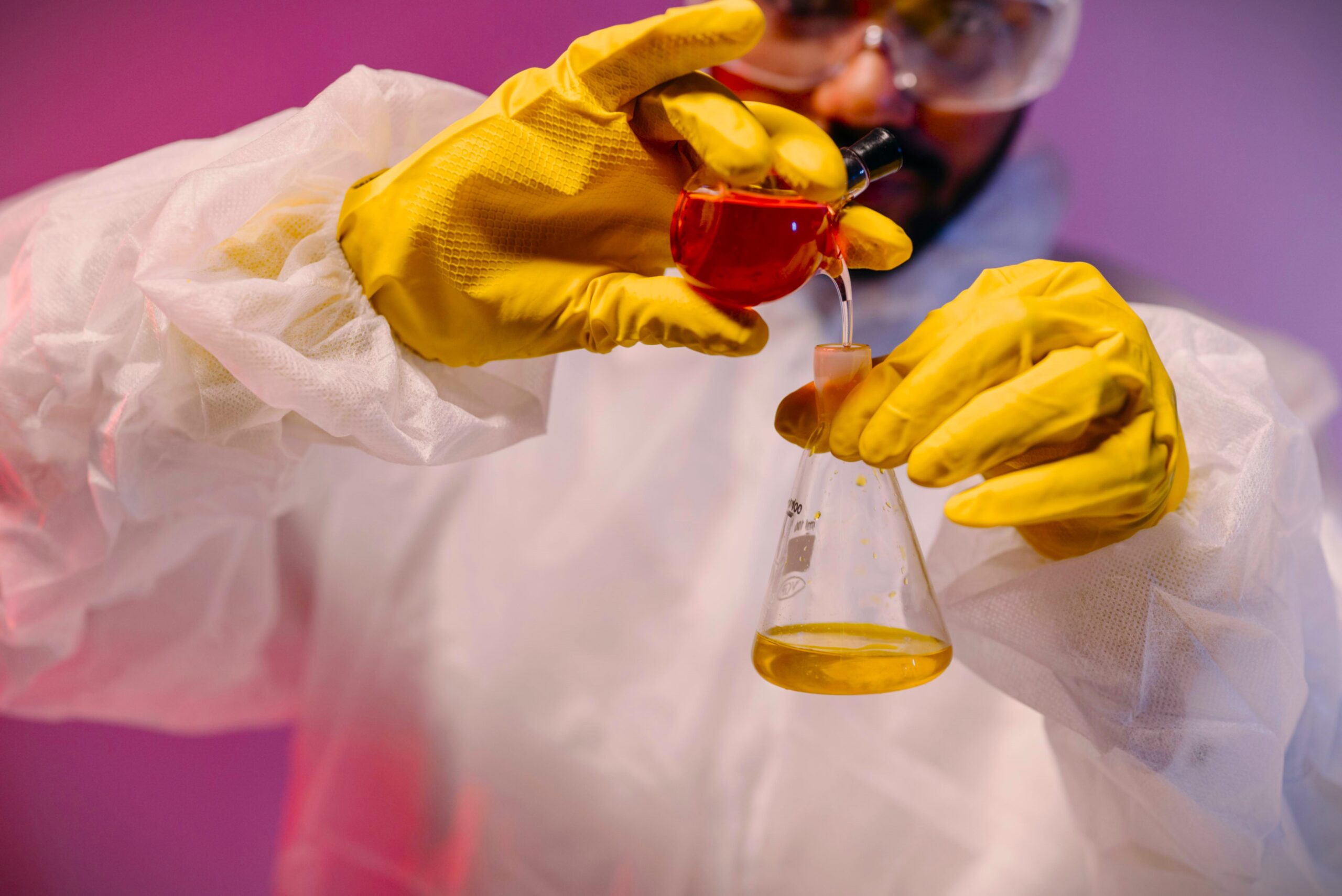Understanding The Technology
Tap water is simply the water that comes out of your faucets when you open them. For many decades, in most industrialized nations the term tap water has been synonymous with the safe drinking water commonly supplied by our municipalities. However, as consumers see an increasing frequency of stories about contaminated drinking water, the faith in our tap water is diminishing.
It is important to know that in many places tap water is not safe to drink. In Saint Thomas for instance, the tap water comes from untreated cisterns and is used only for non-drinking purposes. It is a blessing for us to have safe, drinkable tap water.
Distilled water is water that is produced by the process of, (you guessed it), distillation. Distillation is a simple process that uses heat to bring water to it’s boiling point (212°F). Water is then converted to steam, the steam rises and is channeled through a cooling tube (condensing tube), the steam is then cooled and finally reforms as distilled water in a new collecting container.
Many believe that distilled water is pure water, but it is not. While it is true that most inorganic impurities are left behind in the boiling pot, there still are small amounts of these contaminants in distilled water. Inorganic impurities are things like calcium, magnesium, lead and chromium.
In general, distilled water contains about 1 part per million (ppm) of these dissolved inorganic metals. Calcium, sodium, and lead for instance, are all considered in chemistry to be metals. Some metals are beneficial, but some are toxic.
Fortunately, most distilled water is made from tap water which in general already satisfies the maximum chemical contaminant levels established in the Safe Drinking Water Act. Accordingly, distilling this water results in a safe product. However, if the distillation was performed on water that had a very high level of a toxic contaminant, say chromium, then that 1 ppm residual contamination in the distilled water could be mostly chromium which could be fatal to the consumer.
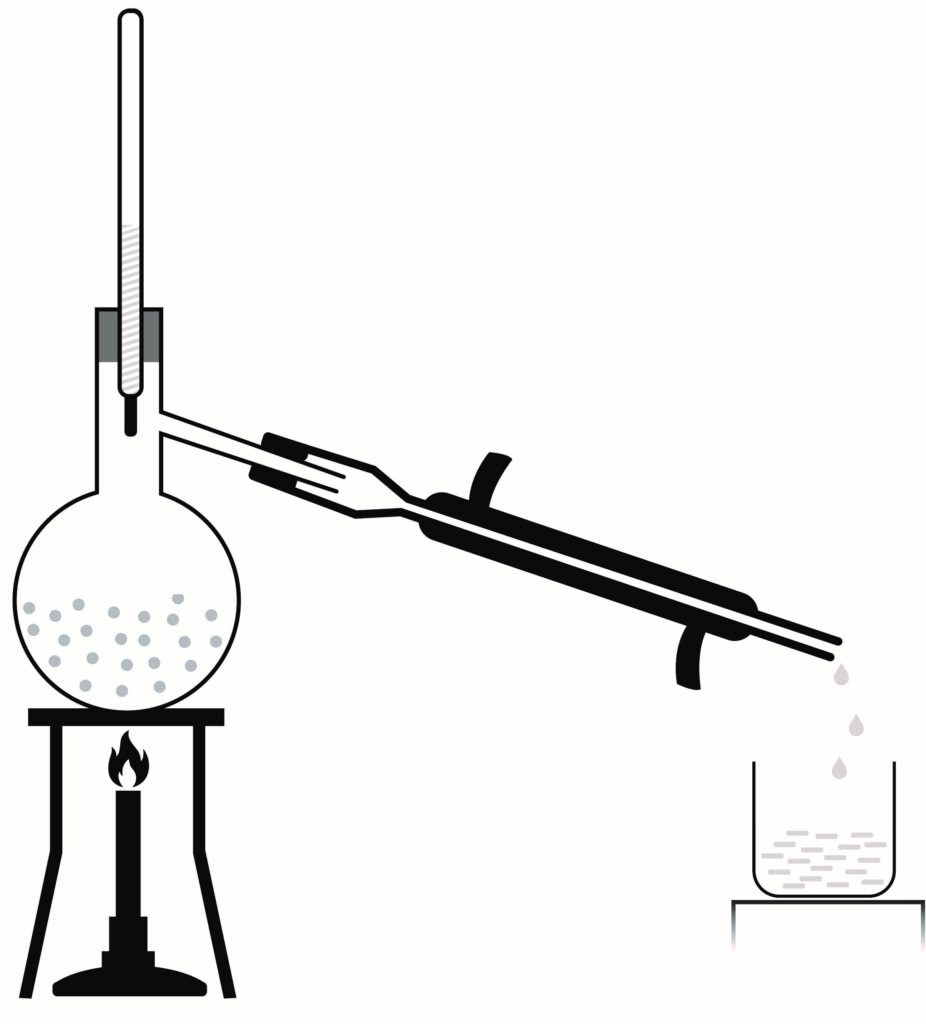
For the record, modern water purification technology can produce water that is 18 times purer than triple distilled water.
Where distilled water shines, is in the category called sterility. Sterile water is defined as having no contamination from microorganisms such as bacteria, algae, viruses, molds and more. The highest standard for sterile water, USP WFI (water for injection), calls for distilled water or equivalent. Because the distillation process involves extremely high temperatures. all organisms are killed in the boiling process.
Indeed, distilled water is very pure, and it is desirable to use in applications where machines need to be protected from scale deposits. Examples of such machines would be dehumidifiers and CPAP machines.
Be advised however, that sterile water does not remain sterile for long. It quickly absorbs contaminants from the surrounding environment, and since it no longer has chlorine in it, sterile water quickly starts to grow microorganisms.
What about Boiling Water?
While boiling water is an essential part of distillation, boiled water is not distilled water. Distilled water is the water that leaves the pot as steam. Conversely, boiled water is the water left behind in the pot. When a municipality orders a boil alert it is always, and only for two purposes.
- There are living organisms in the water, that will be killed by the high temperature of boiling
- There are toxic chemicals which will be evaporated by the heat of boiling
One potential downside of boiling water is that as the steam escapes, the volume/amount of water in the pan decreases. This means that any contaminants in the pot increase in concentration with boiling time. Nontoxic water could become toxic when boiled.
So, Which Water Is Best?
Under normal circumstances drinking either boiled or distilled water is safe. However, there is no guarantee that such will be the case. This is why it is important to research before drinking.
For answers to water questions like this, and more. this and many more, I invite you to check out my book on Amazon.
